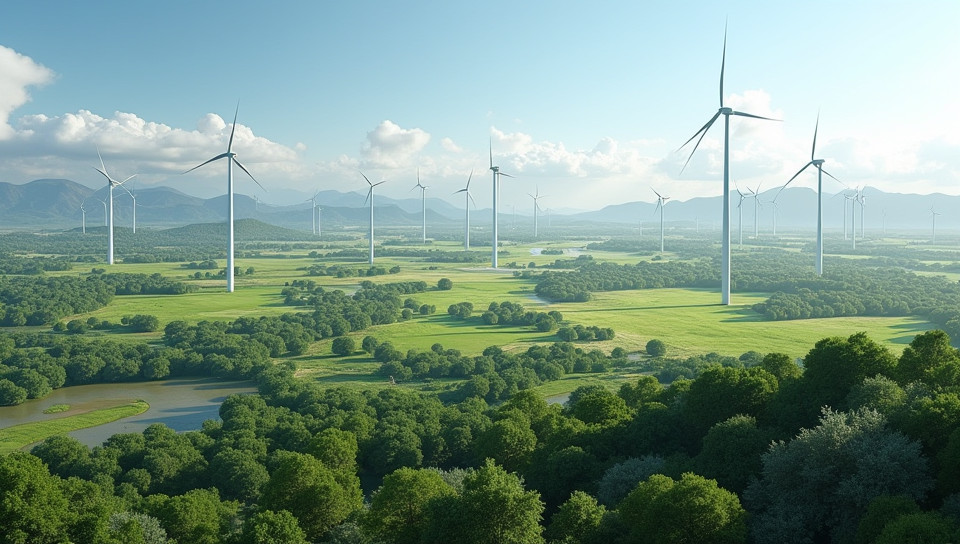Large-scale renewable energy projects require significant land area 93%

The Hidden Cost of Going Green: Why Large-Scale Renewable Energy Projects Require Significant Land Area
As we continue to grapple with the challenges of climate change and our reliance on fossil fuels, the importance of renewable energy has never been more pressing. However, a lesser-known aspect of transitioning to large-scale renewable energy projects is the significant land area required to make them viable. From sprawling solar farms to vast wind turbines, these projects are often touted as a solution to our energy woes, but at what cost?
The Land-Use Challenge
The transition to renewable energy has led to an increased demand for land use, particularly in regions with high levels of sunlight or wind. This is because large-scale renewable energy projects require significant areas to accommodate the necessary infrastructure, including turbines, solar panels, and transmission lines.
- Large-scale solar farms can span hundreds of acres
- Wind farms often occupy vast swaths of land, potentially disrupting natural habitats and ecosystems
- Transmission lines and substations are also required to connect these projects to the grid
The Environmental Impact
While renewable energy is generally considered a more environmentally friendly option than fossil fuels, large-scale projects have their own set of environmental concerns. Habitat destruction, soil erosion, and disruptions to local wildlife populations are just a few of the potential issues that can arise.
Balancing Energy Goals with Land Use Concerns
As we move forward with renewable energy initiatives, it's essential to strike a balance between our energy goals and land use concerns. This may involve exploring alternative locations for projects, such as brownfield sites or areas with minimal environmental impact. Additionally, innovative technologies and designs can help reduce the footprint of these projects.
Conclusion
Large-scale renewable energy projects require significant land area, posing a challenge to our efforts to transition to cleaner sources of energy. While this is not an insurmountable obstacle, it's essential that we prioritize responsible land use practices as we pursue our renewable energy goals. By acknowledging the complexities of large-scale energy production and working towards more sustainable solutions, we can ensure a brighter future for generations to come.
- Created by: Mùchén Chu
- Created at: Aug. 18, 2024, 12:13 a.m.
- ID: 7676




